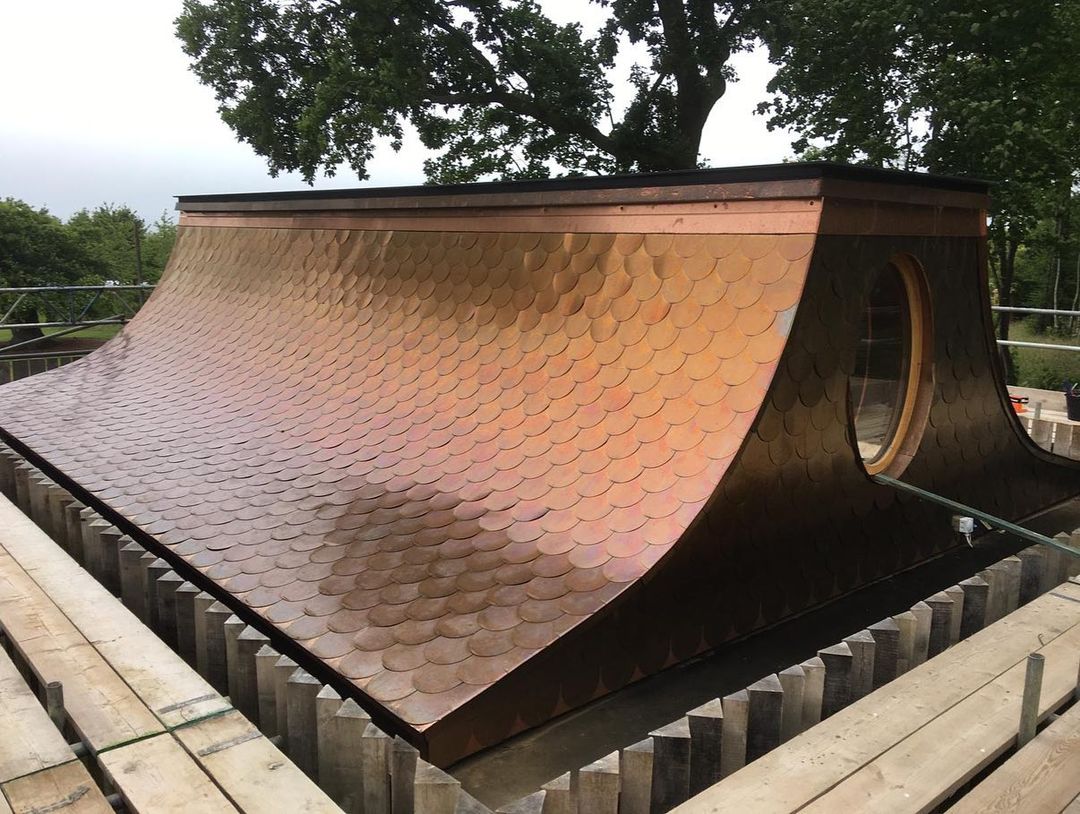In the dynamic landscape of contemporary architecture, building materials play a pivotal role in shaping both form and function. Among these materials, metal cladding has emerged as a versatile and sought-after choice for architects and builders alike. This article takes a closer look at the unique characteristics and myriad benefits that make metal cladding a standout option in the realm of exterior building envelopes.
Metal Cladding: A Definition
Metal cladding involves the application of metal sheets or panels to the exterior walls of a building. This technique not only enhances the structure’s aesthetic appeal but also provides a durable and protective layer against the elements. Metals commonly used in cladding include aluminum, steel, zinc, and copper, each offering distinct qualities and visual effects.
Key Advantages of Metal Cladding:
- Durability and Longevity: The foremost advantage of metal cladding lies in its exceptional durability. Metal is inherently resistant to corrosion, rot, and decay, ensuring that the cladding maintains its structural integrity over time. This longevity makes it a cost-effective solution in the long run, as it requires minimal maintenance compared to some other materials.
- Architectural Versatility: Metal cladding offers architects unparalleled versatility in design. The malleability of metals allows for the creation of intricate and unique façades, contributing to the creation of iconic and visually striking structures. Whether aiming for a modern, industrial look or a more traditional appearance, metal cladding can be tailored to suit diverse architectural styles.
- Weather Resistance: The ability of metal cladding to withstand harsh weather conditions is a key factor in its popularity. Metals like aluminum and zinc are naturally resistant to corrosion, ensuring that the cladding remains robust in the face of rain, snow, and UV exposure. This weather resistance contributes to the overall longevity of the building envelope.
- Fire Resistance: Metal cladding is known for its high resistance to fire, making it a safe choice for building exteriors. In the event of a fire, metal cladding can help contain and prevent the spread of flames, providing an additional layer of protection to the structure and its occupants.
- Sustainability: Sustainable construction practices are at the forefront of modern architecture, and metal cladding aligns well with these principles. Many metal cladding materials are recyclable, contributing to reduced environmental impact. Additionally, the long lifespan of metal cladding reduces the need for frequent replacements, minimizing waste.
- Ease of Maintenance: Unlike some traditional building materials that require regular upkeep, metal cladding is relatively low-maintenance. Routine cleaning and inspections are usually sufficient to keep the cladding in optimal condition, making it an attractive choice for busy urban environments.
Conclusion: The Future of Contemporary Architecture
In the ever-evolving landscape of architecture, metal cladding stands out as a beacon of innovation and practicality. Its unique blend of durability, versatility, and aesthetic appeal makes it a go-to choice for architects seeking to make a bold statement while ensuring the longevity and resilience of their creations. As the architectural world continues to embrace modern design principles, metal cladding is likely to remain a cornerstone, shaping the skylines of cities and leaving an indelible mark on the built environment.
